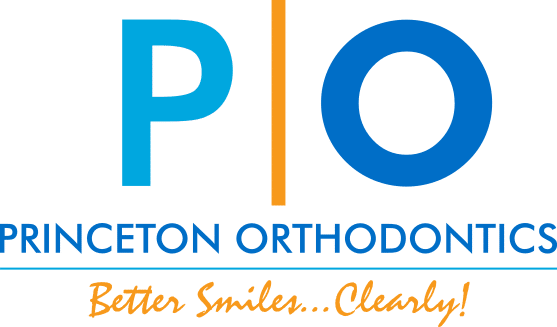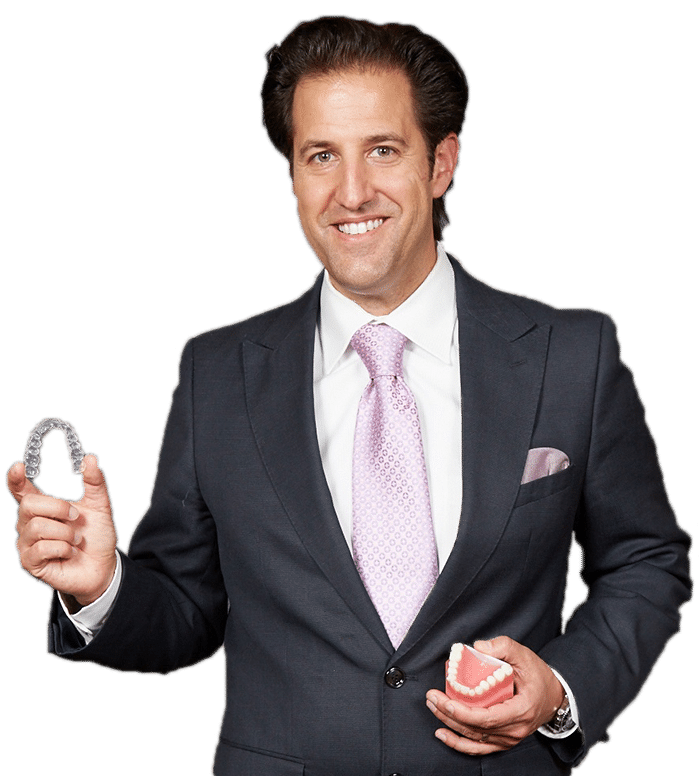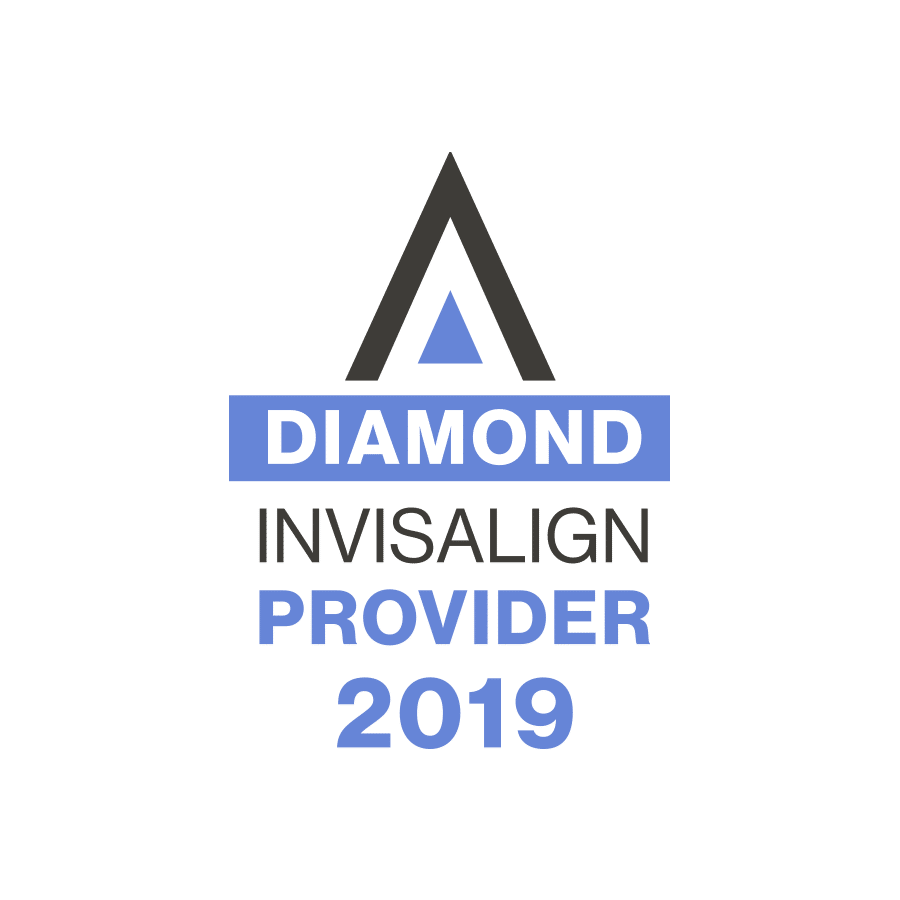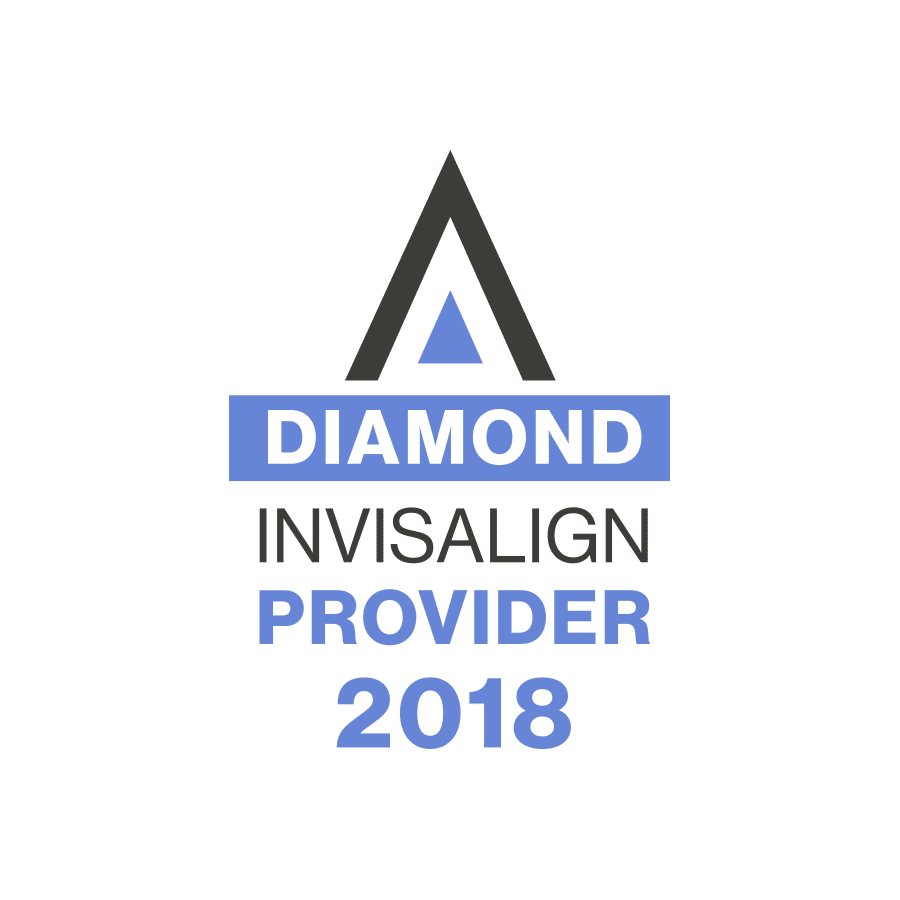Invisalign and Whitening: Can You Brighten Teeth During Treatment?
Many people want straighter teeth and a whiter smile at the same time. It’s common to wonder if Invisalign whitening is possible. Since aligners are clear, staining and discoloration can become more noticeable. That leads many to look for ways to whiten their teeth during treatment.
Teeth whitening products are widely available, but not all of them work well with Invisalign. Some may be ineffective, while others could interfere with the treatment. Understanding how aligners affect whitening and what options are safe can help achieve the best results.
How Invisalign Affects Teeth Whitening
Does Invisalign Prevent Whitening?
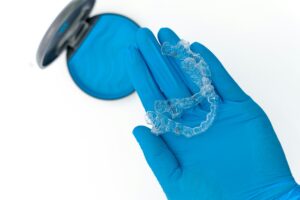
Invisalign aligners cover the teeth for most of the day. This can impact how well whitening products work. Traditional whitening methods, like strips or gels, may not reach every part of the teeth when aligners are in place. That can lead to uneven whitening or minimal results.
However, some whitening solutions are designed for use with aligners. They can be applied directly inside the trays, making them more effective. It’s important to choose the right option to avoid damaging the aligners or disrupting the treatment.
Staining Risks with Clear Aligners
Even though Invisalign helps straighten teeth, it doesn’t prevent stains. In some cases, it can make them worse.
- Trapped Stains – Drinks like coffee, tea, and red wine can stain teeth. If aligners are worn right after drinking them, stains can become trapped against the enamel.
- Saliva Flow Reduction – Saliva naturally washes away food particles and acids. Since aligners cover the teeth, they can limit this process, leading to more noticeable staining.
- Cleaning Challenges – Regular brushing and flossing are essential, but some whitening toothpastes may be too harsh. Using the wrong products can affect both teeth and aligners.
Can Whitening Products Be Used with Invisalign?
Some whitening methods can be combined with Invisalign, but results vary.
✔ Whitening Toothpaste & Mouthwash – Safe for daily use but provides only mild brightening effects.
✔ Whitening Strips – Not ideal, as they don’t stay in place and may not cover teeth evenly.
✔ Whitening Gel in Aligners – Some products are made for use with clear aligners and can be effective.
✔ Professional Whitening Treatments – Some dentists offer whitening options during Invisalign, but many recommend waiting until treatment is complete.
Choosing a safe and effective whitening option can help improve results without interfering with the alignment process. Consulting with an orthodontist before trying any whitening method is the best way to avoid complications.
Best Teeth Whitening Options During Invisalign Treatment
Teeth whitening is possible while using Invisalign, but not every method is effective. Some options provide mild improvements, while others work better after treatment is finished. Knowing which ones to use can help maintain a bright smile without affecting the aligners.
1. Whitening Toothpaste and Mouthwash
Using whitening toothpaste and mouthwash is the easiest way to brighten teeth during Invisalign treatment. These products contain mild abrasives or low levels of whitening agents to help reduce surface stains. However, they don’t provide deep whitening.
- Pros: Easy to use, helps maintain a clean and stain-free smile
- Cons: Limited whitening effect, may take months to notice a difference
2. Whitening Strips and Over-the-Counter Gels
Whitening strips and standard gels are popular for brightening teeth, but they may not be ideal with Invisalign. Since aligners cover the teeth most of the day, strips may not adhere properly.
- Pros: Can lighten stains on visible tooth surfaces
- Cons: May cause uneven whitening, difficult to use with aligners
3. Aligner-Compatible Whitening Gels
Some whitening gels are made for use with clear aligners. They are applied directly into the trays, allowing even coverage. These gels often contain lower concentrations of whitening agents, making them safer for daily use.
- Pros: Designed for Invisalign, ensures even whitening
- Cons: May cause sensitivity, effectiveness varies by brand
4. Professional Whitening Treatments
A dentist or orthodontist may offer professional whitening solutions for Invisalign patients. Some treatments can be done during alignment, while others are recommended after Invisalign is complete.
- Pros: Stronger whitening agents, customized for better results
- Cons: More expensive, may be better suited for post-treatment
Choosing the right whitening method depends on personal goals and treatment progress. While some options provide minor improvements, many patients achieve the best results after Invisalign is finished.
